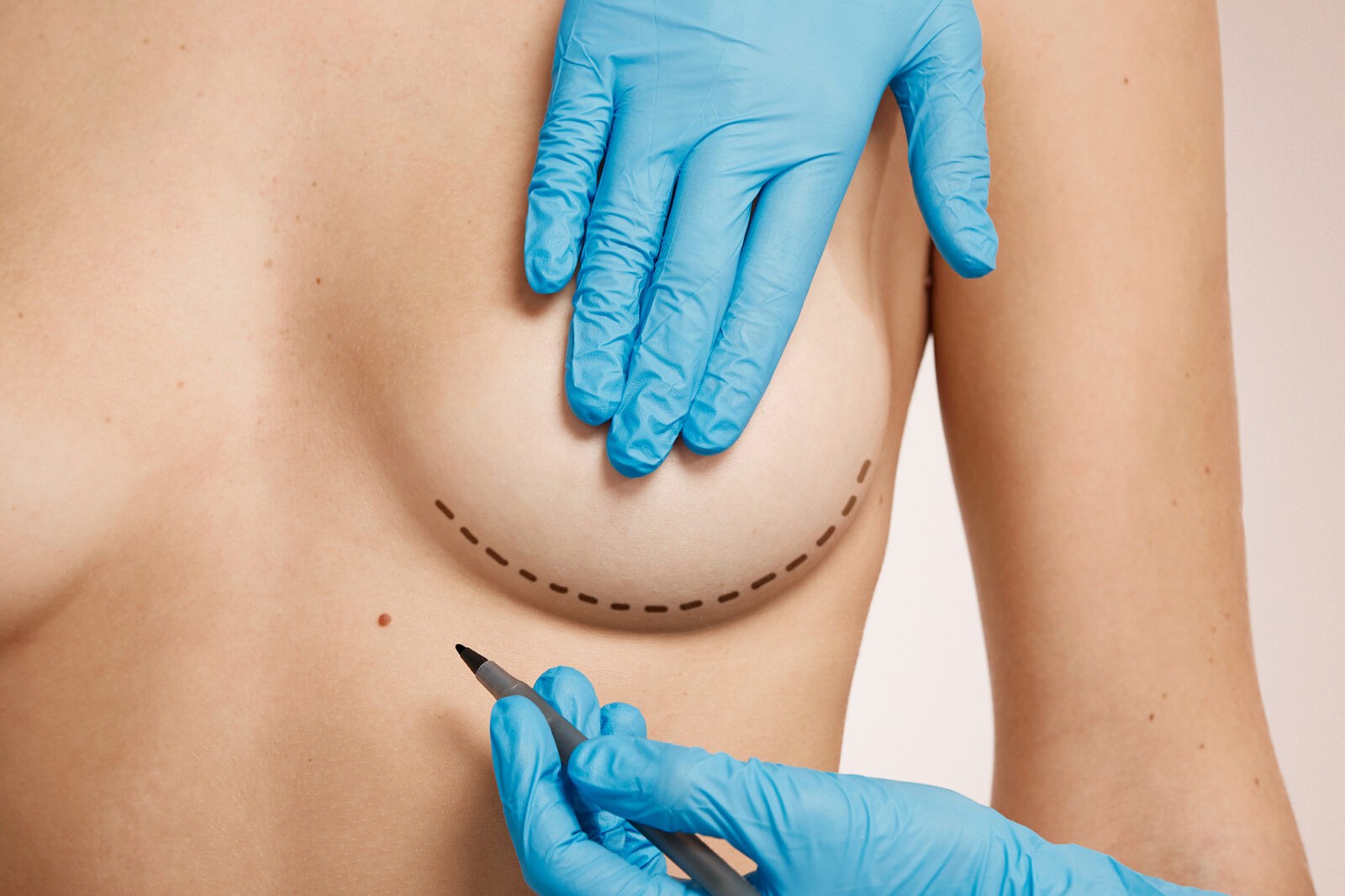
Breast Reduction
CONSULTATION
BREAST REDUCTION SURGERY IN BATHINDA – FIND COMFORT AND CONFIDENCE
Introduction: Breast reduction surgery, also known as reduction mammoplasty, is a transformative cosmetic procedure designed to reduce the size and weight of overly large breasts. Women with disproportionately large breasts often experience physical discomfort, emotional distress, and difficulty finding properly fitting clothing. Breast reduction surgery aims to alleviate these issues, enhancing both the physical and psychological well-being of patients. Through this safe and effective procedure, patients can achieve smaller, shapelier breasts that better suit their body proportions, ultimately improving their quality of life.

WHY CHOOSE BREAST REDUCTION?
Physical Relief: Large breasts can cause a range of physical discomfort, including chronic neck, shoulder, and back pain, skin irritation underneath the breasts, and difficulty maintaining good posture. Breast reduction surgery can significantly alleviate these symptoms, enabling patients to enjoy a more active and pain-free lifestyle.
Improved Body Proportions: Breast reduction surgery not only reduces breast size but also reshapes the breasts to achieve a more proportionate and balanced overall body contour. This can enhance the patient’s silhouette and clothing options.
Enhanced Self-Confidence: Many women with excessively large breasts may feel self-conscious or embarrassed about their appearance. Breast reduction can boost self-esteem and body confidence, helping patients feel more comfortable and self-assured.
WHO IS A CANDIDATE FOR BREAST REDUCTION?
- Breasts that are too large in proportion to one’s body size
- Back, neck and shoulder pain caused by heavy breasts
- Grooves in shoulders caused by tight bra straps
- Poor posture due to breast size
- Heavy breasts that droop significantly, with downward pointing nipples and areolas
- Breasts that are not equal in size (one significantly larger than the other)
- Trouble sleeping due to breast discomfort when lying down
- Rashes and/or infection affecting the skin trapped beneath one’s breasts
- Inability to participate in athletic/physical activities due to breast size
- Feelings of self-consciousness regarding breast size
BREAST REDUCTION FACTS
|
Time Required |
1-4 Hours |
|
Anesthesia |
General |
|
Pain Level |
Moderate |
|
Hospital Stay |
1-2 days |
|
Flyback |
3-4 Days |
|
Success Rate |
High |
BREAST REDUCTION PROCEDURE:
Surgical Techniques: Breast reduction surgery involves the removal of excess breast tissue, fat, and skin. There are various surgical techniques available, and the chosen method depends on the patient’s breast size, desired outcome, and the surgeon’s expertise. Common techniques include:
- Vertical (Lollipop) Incision: This technique involves an incision around the areola and a vertical incision down the breast, creating a lollipop-shaped scar. It is suitable for moderate breast reductions.
- Anchor (Inverted T) Incision: In cases where more significant breast reduction is needed, an additional horizontal incision is made along the inframammary fold, resulting in an anchor-shaped scar.
RESHAPING AND REPOSITIONING
During the surgery, the surgeon will reshape and reposition the remaining breast tissue to achieve a natural and aesthetically pleasing appearance. The nipples and areolas may also be repositioned to a higher, more youthful position on the breast mound.
SURGICAL RESULTS AND RECOVERY
Following breast reduction surgery, patients will experience some swelling, bruising, and discomfort, which is normal and expected. It’s essential to follow post-operative instructions provided by the surgeon to ensure a smooth and successful recovery. Most patients can return to non-strenuous activities within a few weeks, with full recovery usually achieved within a few months.
CHOOSING THE RIGHT SURGEON
Selecting a qualified and experienced plastic surgeon is crucial for a successful breast reduction procedure. Look for a board-certified surgeon with a proven track record of performing breast reduction surgeries. Additionally, review before-and-after photos and read patient testimonials to gain insight into the surgeon’s skills and patient satisfaction.
Breast reduction surgery is a life-changing procedure that can provide physical relief and improve self-confidence for women with overly large breasts. By customizing the treatment plan to meet each patient’s specific needs and goals, plastic surgeons can create natural-looking results that enhance overall body harmony. If you are considering breast reduction, schedule a consultation with a reputable plastic surgeon to take the first step toward a more comfortable and confident you.
FAQ’s
What is breast reduction surgery?
Who is a good candidate for breast reduction?
How is breast reduction surgery performed?
Will breast reduction leave visible scars?
What are the potential benefits of breast reduction?
Does breast reduction affect breastfeeding?
How long is the recovery period after breast reduction?
Are there any risks associated with breast reduction surgery?
Will insurance cover the cost of breast reduction surgery?
How long do the results of breast reduction last?
Can breast reduction be combined with other procedures?
What should I expect during the initial consultation?
Remember to emphasize the importance of consulting with a board-certified plastic surgeon for personalized advice and to discuss specific concerns regarding breast reduction surgery.

